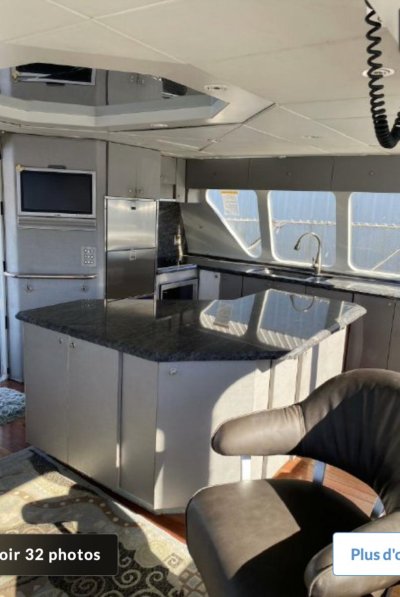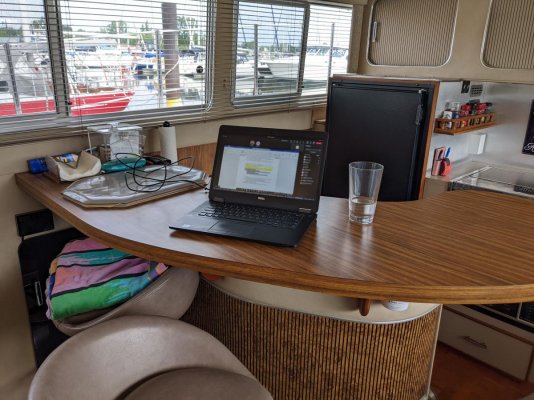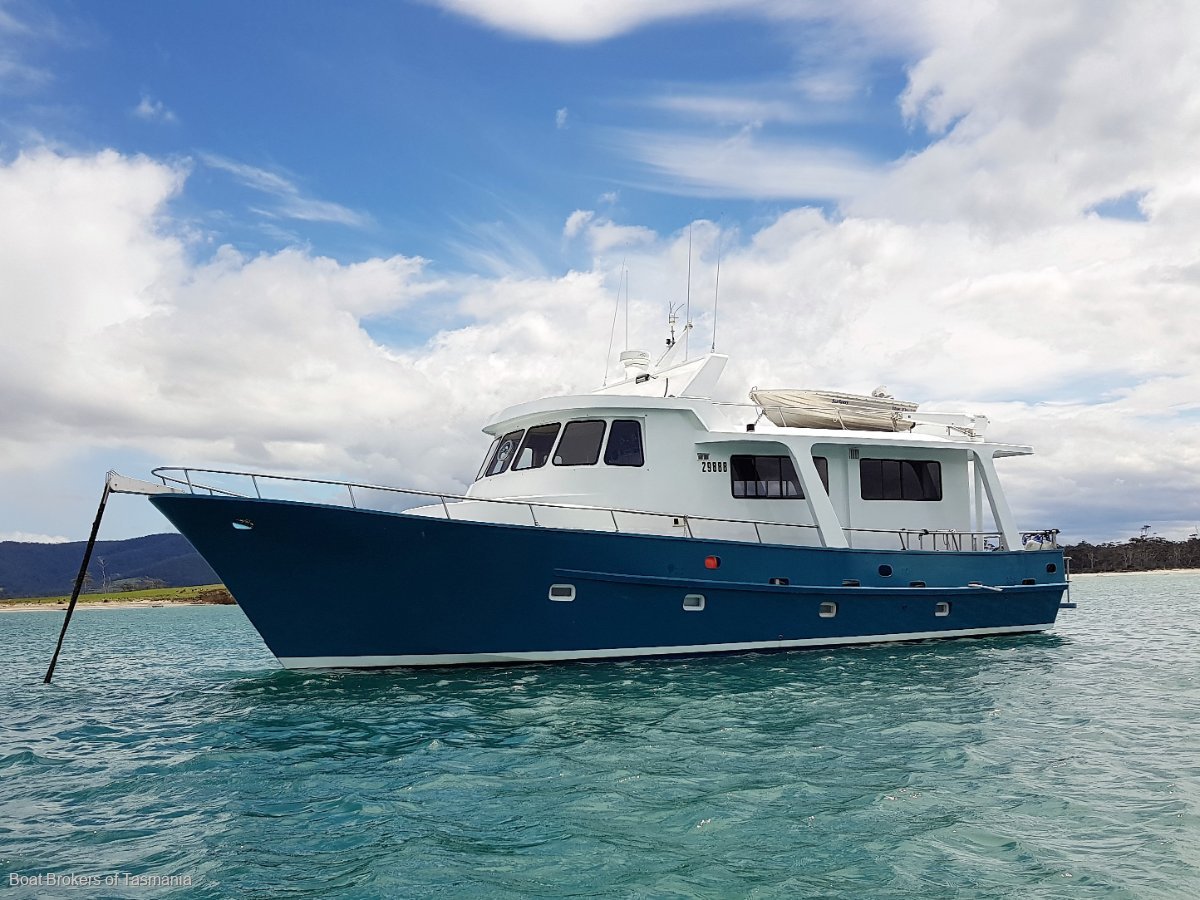Serene
Senior Member
This was just dropped from AUD$450k to AUD$375k today. One for the lovers of traditional, but with modern materials.
https://www.boatsonline.com.au/boat...yle-timber-motor-sailer-brand-new-2022/286347
AND
https://www.boatsonline.com.au/boats-for-sale/used/power-boats/2022-timber-cruiser/279879

https://www.boatsonline.com.au/boat...yle-timber-motor-sailer-brand-new-2022/286347
AND
https://www.boatsonline.com.au/boats-for-sale/used/power-boats/2022-timber-cruiser/279879






